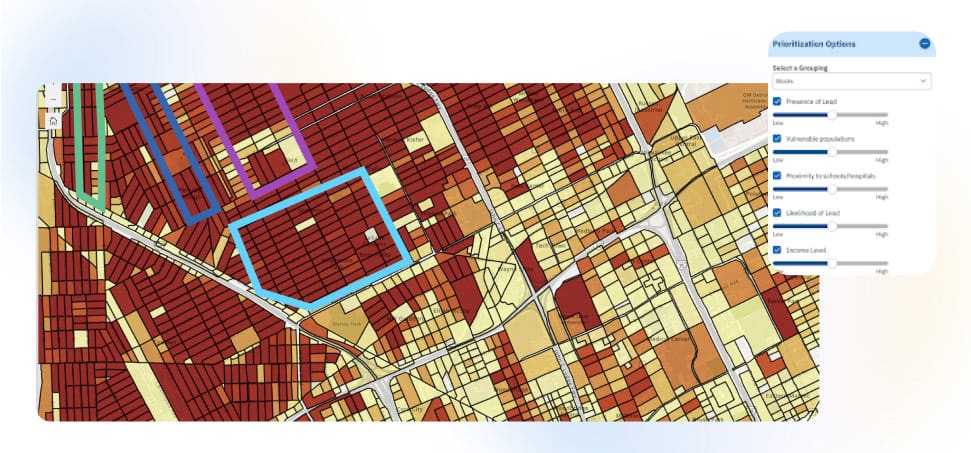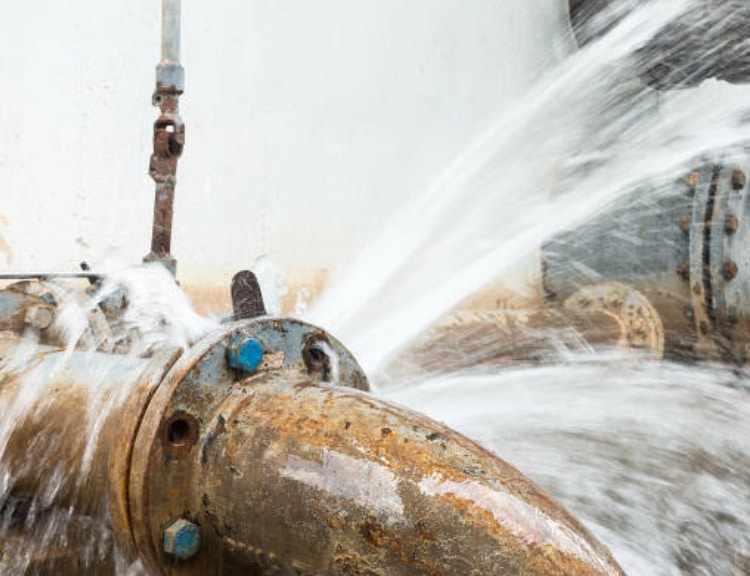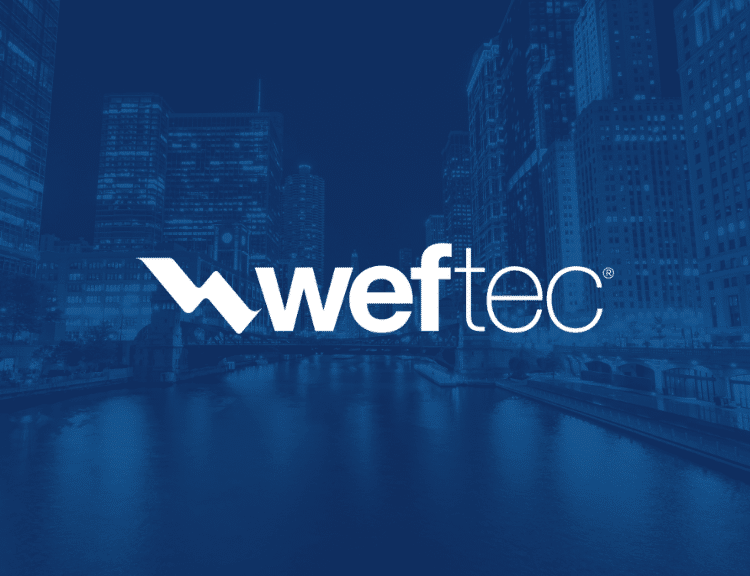Thank you to Water Finance & Management for featuring BlueConduit in their Water Innovation of the Month series! Read the full post here.
The new Lead and Copper Rule Improvements (LCRI) mandates lead service line (LSL) replacement within 10 years. But did you know that the current $15B Bipartisan Infrastructure Law (BIL) allocation for lead pipe identification and replacement is only expected to cover 35% of the total cost of replacement?
And that’s not all. In states with the highest lead burden, such as Ohio and Pennsylvania, BIL funds are expected to cover less than 10% of replacement costs. This is a funding challenge and public health and public trust challenge. The EPA emphasizes that there is no safe level of lead exposure and, as long as lead pipes remain in the ground, communities are at risk. This risk is particularly acute for low income and people of color communities who are disproportionately served by lead lines.

With limited resources, the LCRI replacement deadline, and public health outcomes at stake, water systems across the country are asking: How do I efficiently and defensibly prioritize LSLs for replacement?
BlueConduit, the leading provider of digital solutions for the water industry, launched a new tool – LSL Replacements – that enables water system leaders and engineering firm partners to easily answer this question and create optimized, data-driven replacement strategies in compliance with the LCRI. The LSL Replacements tool is built around 4 best practices for data-driven LSL replacements:
- Determine your strategic priorities
- Build a robust dataset
- Rank, group, and select priority locations for replacement
- Plan dynamically, with stakeholders in mind
BlueConduit has been trusted by water systems working to replace LSLs for nearly a decade. These best practices were developed in direct consultation with water utilities, engineering firms, industry experts, egulators, and expert data scientists.
Let’s explore these best practices, and how they work in BlueConduit’s new LSL Replacements tool.
Best practice #1: Determine your strategic priorities
The core of a LSL replacement strategy is prioritization: how do you prioritize replacement work, particularly with limited resources?
There is no one-size-fits-all solution for LSL replacement prioritization. Best practice requires you to proactively ask and answer a variety of strategic questions to optimize replacement order and cadence in a way that’s right for your community.
BlueConduit’s LSL Replacements tool puts you in the driver’s seat and gives you the opportunity to explore a variety of prioritization scenarios to help determine your prioritization strategy
Best practice #2: Build a robust dataset
Creating a data-driven replacement plan requires a robust dataset. This requires a clear view of how many LSLs you have and where they are. For water systems with outstanding unknowns in their service line inventory, predictive modeling provides a time- and cost-efficient approach for classifying lines as Lead or Non-Lead.
In addition, you’ll need public health, demographic, and other relevant data to determine replacement priority. The LCRI mandates a replacement strategy that addresses public health risk including the presence of children. Beyond public health, other factors that may be relevant include political boundaries, historical differences, zoning, water main risk of failure, existing capital improvement projects, and more.
BlueConduit’s LSL Replacements tool, delivered in Esri, overlays service line inventory data with other relevant datasets, including presence of children, making it easy to view and explore priority areas as you begin to plan.
Best practice #3: Rank, group, and select priority locations for replacement
With a clear prioritization strategy, it is time to begin selecting priority locations for replacement. To do this, you need to generate a ranked priority list. Ideally the ranked list is at street-level, rather than LSL-level, to support efficient selection and transition to work orders or contractor projects.
BlueConduit’s LSL Replacements tool gives you the ability to easily and quickly generate a ranked priority list, based on weighted variables and grouped location data. This makes it easy for you to make selections and get started on the work.
Best practice #4: Plan dynamically, with stakeholders in mind
There are many things to keep in mind during planning beyond prioritization including funding, stakeholder communications, adjustments to your strategy and selections, and project tracking and reporting.
Best practice is to select a tool, like BlueConduit’s LSL Replacements tool, that provides:
- dynamic data
- dynamic planning
- integration with existing data and asset management tools
- simple language to explain your decisioning
- progress tracking and reporting
The conclusion is clear: BlueConduit leads the industry and offers the best tools to efficiently and defensibly prioritize LSLs for replacement, maximizing your budget, simplifying planning, and building trust in your process.
To learn more about BlueConduit and the LSL Replacements tool, visit
https://blueconduit.com/lead-service-lines-and-replacement/.





